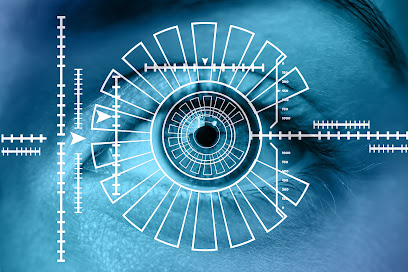ChatGPT and GPT-3: The Future of AI Language Processing
ChatGPT, the incredible conversational AI, is captivating the internet and causing quite a stir. Everyone is trying to see the possibilities it opens up. From humorous applications to vocal assistants, and even as a journalist or therapeutic aid, the horizon is vast! But that's not all, GPT-3, the language model on which ChatGPT is based, is taking the AI world by storm.
One developer, Mate Marschalko, gives us a glimpse of what the future of voice assistants could be if they were based on GPT-3. In a video posted on Reddit and YouTube, as well as an article on his blog, he shows us the results of combining GPT-3 with the Apple "Shortcuts" app to connect his dozen lights, thermostats, ventilation system and cameras into one ecosystem.
Traditional voice assistants like Siri, Google Assistant, and Alexa can only respond to basic commands like "turn on the kitchen light," "lower the heat to 19 degrees," and "close the shutters." However, the assistant created with GPT-3 can correctly interpret complex requests like "My wife will be here in 15 minutes. Turn on the lights outside when she's parking." To which it responds, "The lights should turn on when your guest arrives." Even more impressive, it can use its knowledge to make decisions! For example, when given the command "Adjust the heat in the bedroom to a temperature that will help me sleep better," the assistant responds "The bedroom thermostat has been set to 19 degrees. Enjoy your sleep!"
To achieve this, Mate Marschalko didn't have to write a single line of code. He used GPT-3's API to ask it to interpret conversational English and then respond in a structured data format (JSON) that the Apple app then executed. The downside is that it's not free, as each GPT-3 query costs $0.014. But, this demonstration is an exciting experiment that could give ideas to tech giants like Apple, Google, and Amazon.
In conclusion, ChatGPT and GPT-3 are revolutionizing the AI language processing world with their ability to understand and respond to complex requests, generate text in seconds, and even make decisions. The possibilities are endless and we can't wait to see what the future holds for these cutting-edge technologies.













Comments
Post a Comment